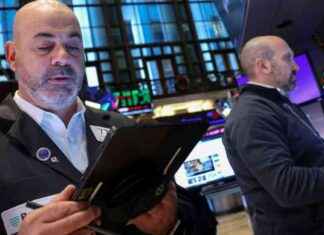The incident occurred during protests against Sri Lanka’s worst economic crisis since decades.
Human Rights Watch, based in New York, requested that the government investigate the “apparent excessive use of force by police” incident and take the appropriate steps to stop any wrongdoing.
Patricia Grossman, associate Asia director of the group, stated that the use of live ammunition against demonstrators by police “appears flagrant misuse of deadly force.”
She said that protestors of government policies that impact their lives or livelihoods should not have to fear for the safety of their lives in a statement released late Wednesday. “Unless there is an immediate threat to life, international law prohibits law enforcement officers from using lethal force.”
According to the group, Sri Lanka has a long history in failing to offer justice and redress victims of human rights violations.
This statement was made hours after President Gotabaya Rajapaksa promised an impartial and transparent investigation into this shooting. It was the first security force to investigate the incident during weeks of protests, and rekindled widespread demonstrations on the Indian Ocean island nation.
Rambukkana was the scene of the shooting, which took place 90 km (55 miles) northeast from Colombo. Police claimed that the protestors were blocking roads and railway tracks, and they ignored warnings from police to disperse. Police said that protesters also hurled rocks at them.
As Parliament observed a minute silence on Thursday in memory of the more than 260 victims of suicide bomb attacks on tourist hotels and churches in 2019, they called for an investigation.
At a multireligious funeral service, Cardinal Malcolm Ranjith, Archbishop of Colombo, criticized the government’s inaction in uncovering those who allegedly contributed to the attacks.
Ranjith has asked authorities to investigate possible connections between the attackers, some state intelligence officers and some of their staff after hearing that they had met at least one attacker and knew him.
For 13 days protesters gathered outside Sri Lanka’s presidential office demanding his resignation. They also offered alms for Buddhist and Christian clergy to honor the dead.
Many of the protests have been directed at Rajapaksa’s elder brother Mahinda Rajapaksa. They are the leaders of an influential clan that has ruled for the majority of the past 20 years. Three of his family members were also lawmakers. They resigned as Ministers just two weeks ago.
Sri Lanka is at the brink bankruptcy with $7 billion of its $25 billion foreign debt due to be repaid this year. The country is facing severe currency shortages that make it difficult to purchase imported goods.
The shortage of essentials like food, fuel, fuel, and medicine has left Sri Lankans struggling for months. They have waited hours in line to purchase the few stocks that were still available. In recent months, fuel prices have increased several times. This has led to sharp increases in transport costs as well as the prices of other goods. Another round of price increases occurred earlier in the week.
In the meantime, talks with the International Monetary Fund regarding a rescue plan have been suspended by the government.
According to Sri Lanka’s Foreign Ministry, China has pledged $31 million of emergency aid. This includes 5,000 tons rice, medicine, and raw materials.
After meeting with Qi Zhenhong, the Chinese Ambassador to Sri Lanka, Foreign Minister Gamini Periris announced the aid. Qi stated earlier that China has been considering requesting $2.5 billion of economic assistance, including a credit line for essential purchases and a loan.
Partly the debt crisis can be attributed to projects that were built using Chinese loans that haven’t made money.













